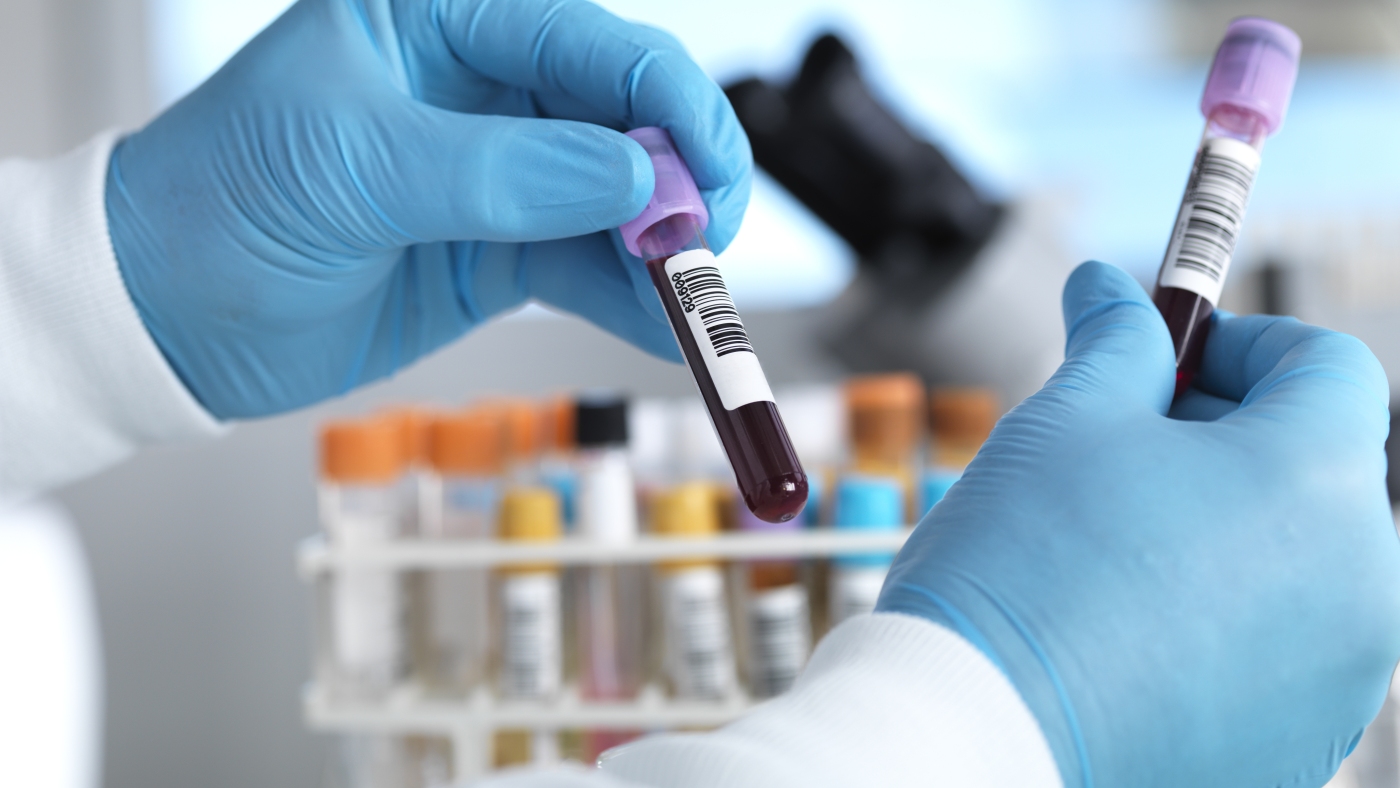The Growing Desire Among Older Americans to Know Their Alzheimer’s Status
The Importance of Early Detection
Understanding the Benefits
Early detection of Alzheimer’s disease is akin to having a roadmap in uncharted territory. It offers a beacon of hope and a chance to navigate the journey ahead with more control and preparation. The primary advantage is the ability to plan for the future. Financial planning, legal preparations, and decisions about long-term care become more manageable when faced with a known diagnosis. Early detection also opens doors to clinical trials, providing access to experimental treatments and contributing to the broader scientific understanding of the disease.
Early intervention can sometimes alter the course of the disease, slowing the progression of symptoms. Today’s medications and therapies are more effective when initiated early, offering a better chance to preserve cognitive function and independence for a longer period. This not only benefits the individual but also eases the burden on caregivers, allowing for a better quality of life for all involved.
Psychological and Emotional Considerations
The emotional landscape of receiving an Alzheimer’s diagnosis is complex and varied. For some, the news can be devastating, leading to anxiety, depression, and a profound sense of loss. However, the uncertainty of not knowing can be equally, if not more, distressing. The survey’s revelations indicate that a significant majority of older Americans prefer clarity, even if it means confronting a challenging diagnosis.
The emotional preparedness for such news varies greatly among individuals. Some may find comfort in the knowledge that they have time to make crucial decisions and bid their farewells. Others may struggle with the emotional weight of the diagnosis. Support systems, encompassing family, friends, and healthcare professionals, are vital in helping individuals traverse this difficult period. Counseling, support groups, and open communication can provide a lifeline, offering emotional succor and practical advice.
Societal and Healthcare Implications
Healthcare System Preparedness
The escalating demand for early detection places a substantial burden on the healthcare system. Diagnostic tools and healthcare professionals must be adequately equipped to meet this growing need. This encompasses not only the technical aspects of diagnosis but also the emotional and psychological support required for individuals and their families.
Healthcare providers must be trained to deliver sensitive and empathetic information, ensuring that patients comprehend the implications of their diagnosis and the available support options. A holistic approach to care is essential, addressing both the medical and non-medical needs of patients. This includes social services, counseling, and community support, creating a network of care that extends beyond the clinical setting.
Policy and Research Directions
The survey’s findings underscore the need for policy changes and increased research funding. Policymakers must prioritize initiatives that support early detection and intervention. This includes funding for research into more accurate and less invasive diagnostic tools, as well as the development of effective treatments and therapies.
Public health campaigns can play a pivotal role in educating the public about the importance of early detection and the available resources. Raising awareness about the benefits and challenges of early diagnosis can help individuals make informed decisions and reduce the stigma associated with Alzheimer’s disease. Community outreach programs, educational workshops, and media campaigns can all contribute to a more informed and supportive society.
The Role of Technology and Innovation
Advancements in Diagnostic Tools
Technological advancements are transforming the field of Alzheimer’s diagnosis. Innovations such as biomarkers, brain imaging techniques, and genetic testing are making early detection more precise and accessible. These tools can identify subtle changes in the brain that may indicate the onset of Alzheimer’s, often before symptoms become apparent.
For instance, positron emission tomography (PET) scans and magnetic resonance imaging (MRI) can detect amyloid plaques and tau tangles, which are hallmark signs of Alzheimer’s. Genetic testing can also identify individuals at higher risk due to familial history or specific genetic markers. These advancements not only aid in early detection but also pave the way for personalized treatment plans, tailoring interventions to the unique needs of each patient.
Digital Health and Telemedicine
The rise of digital health and telemedicine offers new pathways for early detection and monitoring. Telehealth platforms can provide remote consultations, allowing individuals to discuss their concerns with healthcare professionals from the comfort of their homes. This is particularly beneficial for older adults who may have mobility issues or live in remote areas.
Wearable devices and health apps can track cognitive function and other health metrics, providing valuable data for early detection and ongoing monitoring. These technologies can also facilitate better communication between patients and healthcare providers, ensuring timely interventions and support. Virtual support groups and online counseling services can offer additional layers of support, creating a comprehensive care ecosystem that is accessible and convenient.
Conclusion
Embracing the Future with Knowledge and Support
The survey’s findings that 79% of older Americans want to know if they are in the early stages of Alzheimer’s reflect a profound shift in attitudes towards early detection and proactive healthcare. This desire for knowledge is driven by a combination of practical considerations and emotional needs. Early detection offers the opportunity for better planning, access to treatments, and participation in research, all of which can improve the quality of life for individuals and their families.
However, the journey towards early detection is not without its challenges. The healthcare system must be prepared to meet the growing demand, providing not only accurate diagnostics but also comprehensive support. Policymakers, researchers, and healthcare providers must work together to develop effective strategies and resources.
Ultimately, the key to navigating this complex landscape lies in embracing a future where knowledge and support go hand in hand. By fostering a culture of open dialogue, empathy, and innovation, we can ensure that older Americans receive the care and support they need, empowering them to live their lives with dignity and purpose, even in the face of Alzheimer’s disease. This collective effort will not only enhance individual well-being but also strengthen the fabric of our society, creating a more compassionate and resilient community for all.








